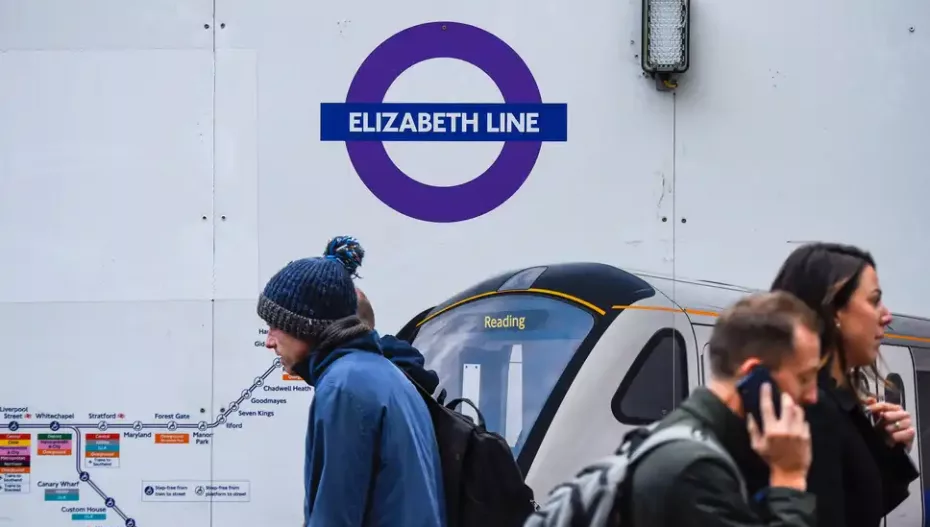Traveling across London is all set to be revolutionized by a new, largely underground high-speed railway network connecting east to west. The Crossrail Project (officially Elizabeth Line) is now tagged as Europe’s biggest engineering project ever undertaken and for every good reason. Linking Shenfield and Abbey Wood in the east with Heathrow and Reading to the west of the capital, Crossrail binds together existing commuter railways.
Burrowing with incredible precision under one of the most densely developed cities in the world would need to coalesce various allied disciplines. The project is working to a May 2022 deadline and is expected to facilitate travel time for an annual 200 million users.
New trains with the capacity of carrying 1,500 passengers will run up to 90 mph and will speed beneath the streets of central London, serving Docklands and the City of London financial districts, the shopping and theater hub of the West End and Heathrow, as well as commuter towns in Essex, Kent and the Thames Valley
The 62-mile network is built around a core comprising 26 miles of brand-new tunnels through central London. The twin tunnels are 20 feet in diameter, 40 meters (130 feet) deep and pass beneath the city’s building foundation. It took three years to dig between 2012 and 2015, and then, to build with the help of eight 1,000-ton tunnel boring machine.
This project will accelerate cross-city travel, provide a wealth of new journey opportunities, and will relieve the already overcrowded lines in the London Underground. Once fully operational, it is expected to increase London’s rail capacity by 10% which will be the largest single expansion of the city’s transport network in 70 years.














